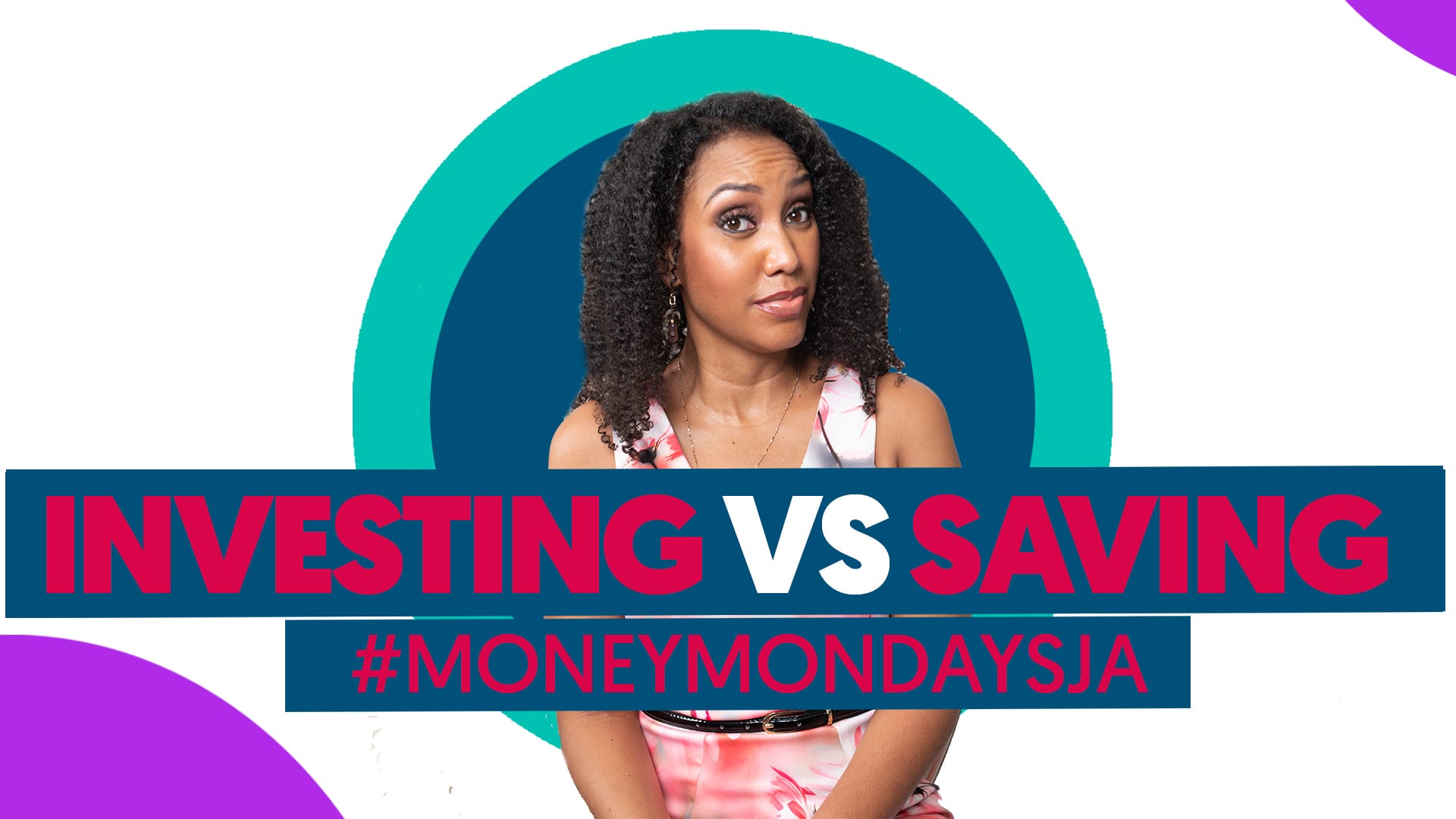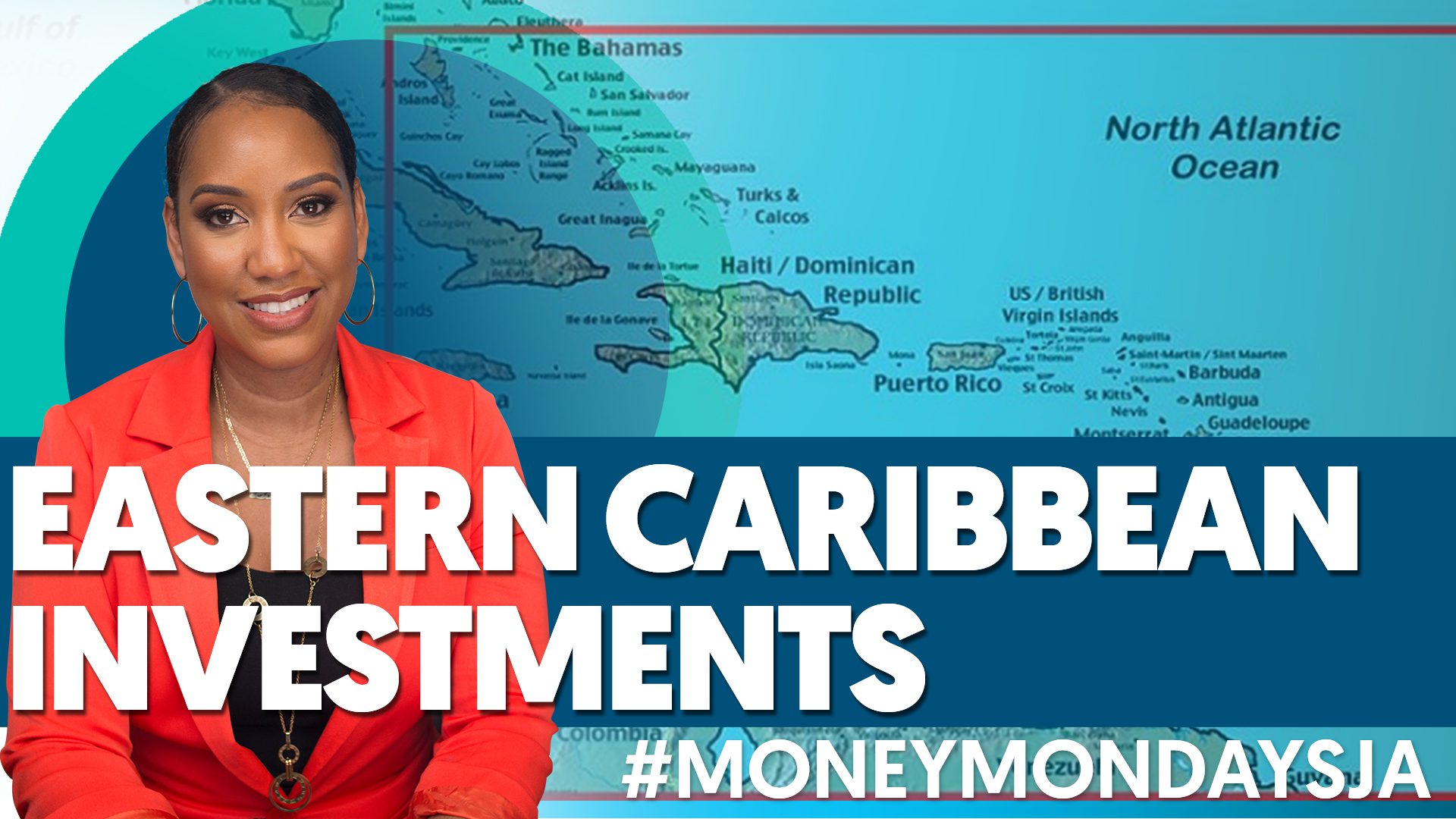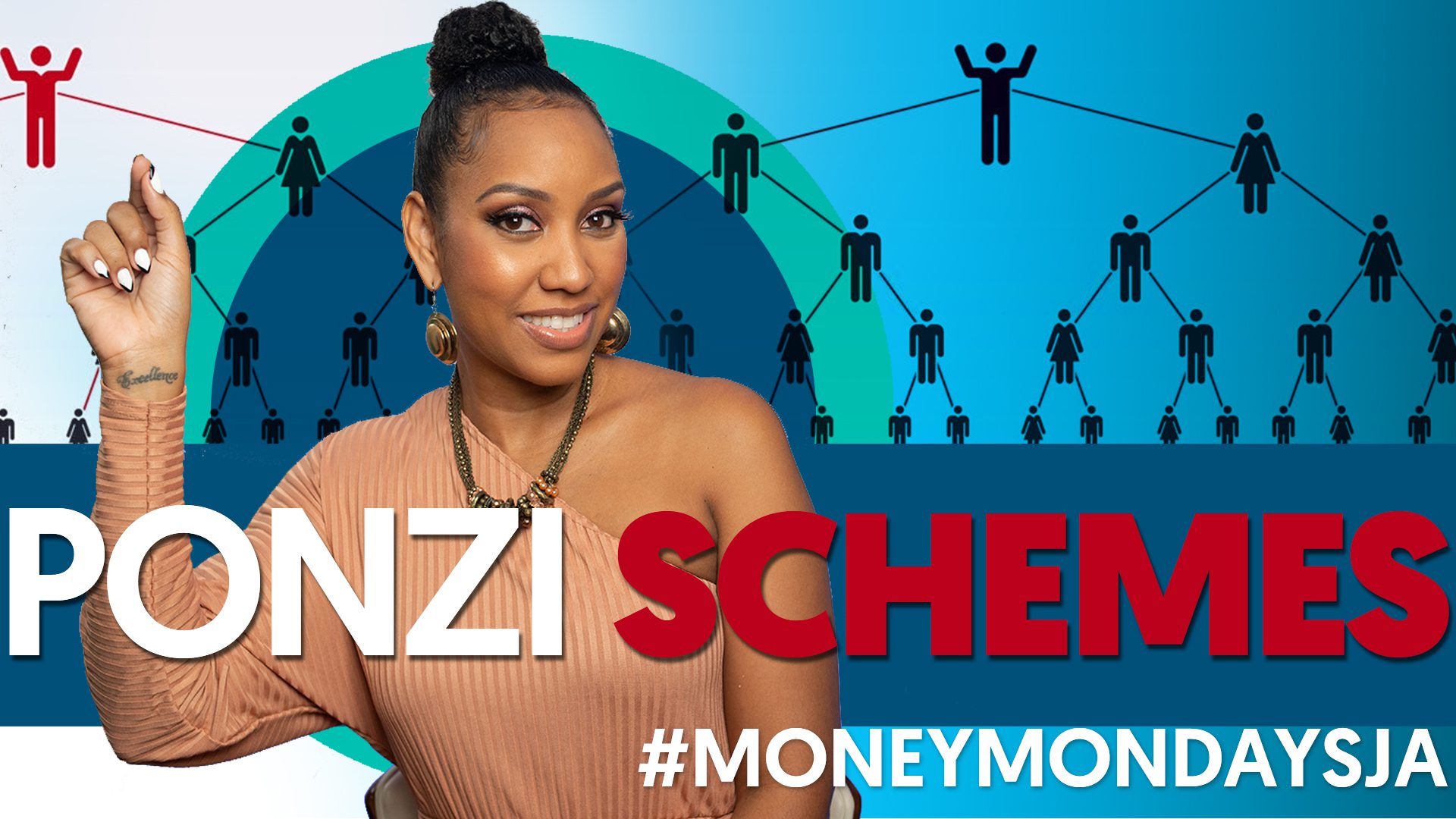Cash is King. A company without cash to pay its suppliers, staff or creditors is a broke company, a struggling company, a company on its way to bankruptcy. Cash is so important to a business that there is a whole financial statement dedicated to tracking the cash that goes in and out. It is often ignored though because it is not very easy to read but hopefully after this episode, it will be a bit easier for you.
Understanding the Cash Flow Statement
By Kalilah Reynolds Media
Cash is King. A company without cash to pay its suppliers, staff or creditors is a broke company, a struggling company, a company on its way to bankruptcy. Cash is so important to a business that there is a whole financial statement dedicated to tracking the cash that goes in and out. It is often ignored because it is not very easy to read but hopefully after this episode, it will be a bit easier for you.
The cash flow statement outlines:
- Where a company gets its cash from; and,
- How that cash is used in the business.
Simply put, the cash flow statement records how cash flows in and out of a business. The Cash Flow statement ties together the company’s balance sheet statement and the company’s profit and loss statement to reflect how the business’ activities throughout the year has increased or decreased the company’s cash.
The Cash Flow statement is divided into three parts:
- Cash used in Operating Activities;
- Cash used in Investing Activities; and,
- Cash provided by Financing Activities.
We will be using Fosrich’s 2020 audited cash flow statement to explain how cash flow statements work. Fosrich generates cash from making and selling PVC pipes and fittings, and also selling lighting, electrical and solar energy products. Download it here and scroll to page 10 so you can follow along.
Operating Activities
The Operating Activities show how much cash is generated from the company’s operation. This means cash that is left over after production and administrative expenses are deducted, inventory counted and outstanding monies accounted for. Cash from operating activities captures the profit & loss statement, and the current assets and current liabilities section of the balance sheet.
After selling its products and settling its expenses, Fosrich realized a net profit of J$126M in 2020. This is shown in the first line of the Cash Flow statement as the first source of the company’s cash. The aim of this section of the Cash Flow statement is to get to the operating income or the earnings before interest and taxes.
To get the operating income, we need to add back the expenses that do not cause any changes in the company’s cash balance, non-cash expenses like depreciation, and expenses that are not classified as operating expenses, such as interest and gains or losses.
Depreciation is known as a non-cash expense because when an asset depreciates, no cash actually leaves the business. When the valuator tells you that your car has depreciated, money doesn’t fly out of your pocket, right? You just know that you will not be able to sell back the car at the same price that you bought it, due to wear and tear. So the J$65.8M recorded here as depreciation is added back to net profit. Interest is not an operating expense. Interest is what we pay on financing from loans or leases, so all interest payments are also added back to the net income.
Unrealized foreign exchange gain.
Okay so let’s say that Fosrich has some US clients that it sells its PVC pipes to. When they sold the clients pipes, they sent an invoice for US$100. At the time of the invoice, one USD was equal to J$140. If the invoice was settled that day, Fosrich would have received J$14,000. However on December 31st, when they were closing out all accounts, that invoice still hadn’t been settled, and one USD was equal to J$143. If the invoice was settled on this day, Fosrich would have received J$14,300. That $300 is labelled as an unrealized foreign exchange gain. Now imagine that happens for bigger invoices and that is how Fosrich got J$16M as unrealized foreign exchange gain. After adding and subtracting, Fosrich has cash from operating activities of J$275M.
*Non-cash working capital
Now the next section of Operating Activities looks at how this cash is affected by what happens with current assets and current liabilities, i.e. working capital. A decrease in any current asset item is seen as money coming into the company, while an increase is seen as money going out of the company.
A decrease in any current liability item is seen as money going out of the company, while an increase is seen as money coming into the company. A closer look at the inventory line should let you see just what I mean.
When we look at the balance sheet, we see that inventory at the end of 2020 is greater than inventory at the end of 2019. What this means is that the company used up more cash to buy that inventory and so the amount that inventory has increased by is taken to be the amount of money that went out of the business as it was used to buy inventory. So J$290M of cash went out of the company in 2020 to purchase additional stock.
Receivables and Payables
If we look at receivables, we see that receivables have also increased. When a company gets a sale, it is recorded as revenue and included on the P&L statement. However in some cases, the company does not receive the cash right away. Instead this is recorded as money to be received under accounts receivable. Fosrich’s balance sheet shows that accounts receivable has increased by J$31M. This J$31M is seen as money going out of the business because Fosrich gave away the equivalent of J$31M in stock, but so far has yet to receive any cash in return.
Payables fall under current liabilities, which means that an increase in payables is seen as money coming into the business. This basically means that Fosrich suppliers gave them J$201M in goods that Fosrich has not paid for yet.
Investment Activities
After accounting for all the ways cash was used in operation, at the end of the year, the company had only J$2.9M left over from operations.
The Investment Activities section shows the investments that the company made over the year. Despite having only J$2.9M left over after settling expenses and restocking the business, Fosrich made an investment of J$24.3M into an associated company. When we look at the balance sheet, this investment is reflected.
To learn additional details, we can check Note 14. According to Note 14, during 2020, the company took a 20% stake in Blue Emerald Limited. Blue Emerald Limited manufactures large diameter PVC pipes and fittings and fixes transformers. A sharp investor would see this as a possibility for high revenue from Fosrich in the future.
Property, furniture or equipment purchases came up to J$43.3M. To get additional details for this, we go to Note 9 which shows changes to assets. We can see that the company bought J$25M in equipment, furniture & fixtures; new computers to the tune of J$4.8M and they also purchased at least one motor vehicle for J$13.2M. All that represents cash flowing out of the business. However, another way to look at it is that the new equipment could lead to increased production or greater efficiency in the business.
Financing Activities
Now some money flowed in when they cashed out an investment they had, but this was J$3M. So where did they get money to make net investments of J$64.2M? This is where the next section comes in: Financing Activities.
Over the 2020 fiscal year, directors’ repaid loans amounting to J$1.9M. This means that some money came into the business. Fosrich also issued a bond and received J$100M. They also received additional loans totalling J$130.4M. If you look at the Balance Sheet, then at Note 22 in the Notes to the Financial Statement, you see where the company’s debt has increased.
But so money come in, so it go out! Because right after that, they repaid J$63M in loans, shareholders received J$47.7M in dividends, and interest paid on loans amounted to J$82.9M. At the end of everything finance related, the company had J$38M in cash to call its own.
Net Cash Balances
But remember that operating activities only gave them J$2.9M, then they made a number of investments which saw J$64.2M in cash flowing out of the business. So let’s do some addition and subtraction. They got:
Operating activities: $2,900,000
+Financing activities: $38,0000,000
=
$41,400,000
And then they used up the following, so subtract: – $64,200,000
=
-$22,800,000
Ok, after accounting for all transactions, they used up (J$22.8M) in cash more than they had. Wait, how they can use money they did not have?
This is where savings, rainy day funds or the cash balance from the previous year comes in. The cash flow statement shows at the beginning of the 2020FY, they had J$56.5M. So what they did was take some of that money to ensure that they could cover all their cash obligations. This left them with J$33.69M at the end of the year.
This J$33.69M is also what you see reported as cash on the company’s balance sheet. Fosrich had a bit of a typographical error there. The figure at net cash balances – end of the year should be the same figure at cash and bank balances and this should be the same figure at cash on the balance sheet.
Is it a good or bad thing for a company to be using cash, or on the other hand having too much cash? It all depends. A better question would be “how much cash a company needs and how should this company be using its cash?” First things’ first, a company should ensure that it has enough cash to cover its current liabilities and be able to respond to opportunities to grow the business that may come up.
After that is covered then a company should look at how much cash it needs and how this cash is used by assessing its current stage in the business lifecycle. A company in its growth stage should be reinvesting cash in the business. In the case of Fosrich, we can see that the company is investing in business opportunities and increasing its equipment. So, a company in its growth stage should:
- Have enough to cover its current liabilities
- Have enough to take advantage of opportunities that pop up, and
- be reinvesting cash in the business to contribute to further growth.
A mature company should also:
- Have enough cash to cover its current liabilities and
- May pay out some of its cash to its shareholders in the form of dividends like a Carreras Limited on the stock exchange. And also
- Have a little extra sumn sumn to invest should any opportunities pop up. I mean it’s mature, not dead so some opportunities may pop up from time to time.
Let us take Grace Kennedy for example. Everybody has classified this company as mature, and well it is because they have been operating for decades, but Grace Kennedy is putting the cycle in business life cycle by showing us it will have or is in another growth phase with its acquisitions, and growth in the company’s top and bottom lines.
Another thing to note is that when compared to a company in its growth stage, a mature company can get away with not having a lot of cash because it is easier for mature companies to get loans from financial institutions at low interest rates given that they have been in operation for years and have a history of consistent performance.
And, that is it for the cash flow statement.
Do you see how the cash flow statement ties all the financial statements together to show the company’s cash position at the end of the financial year? Hopefully going forward, you will now be able to easily read a company’s financial statement to see where it gets all its cash from and also how this cash is used.
Categories: MoneyMondaysJA
Audio Only
More #MoneyMondaysJA Episodes






Leave A Comment